Home>Garden Essentials>What Is Hardscape In Landscaping
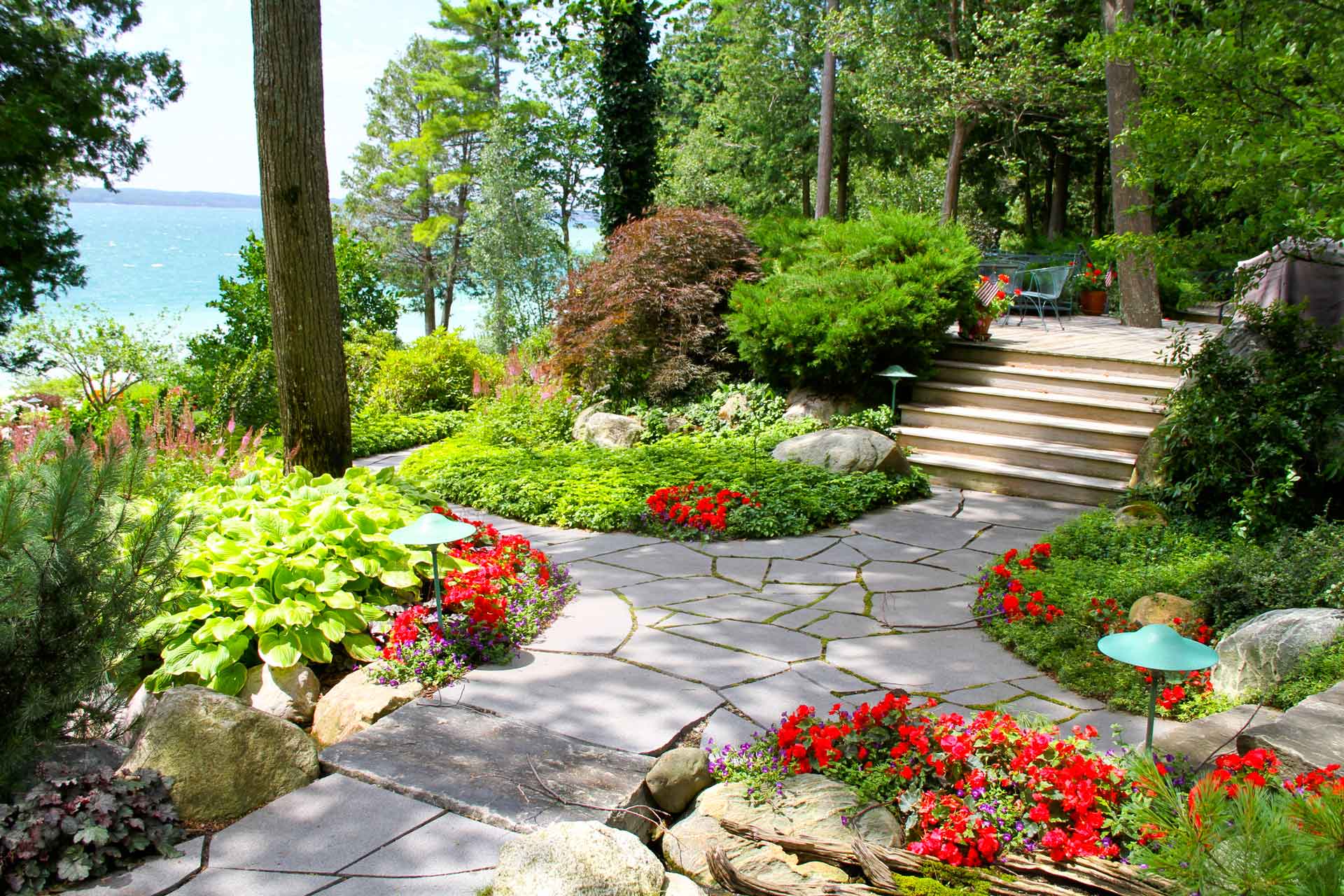

Garden Essentials
What Is Hardscape In Landscaping
Modified: August 17, 2024
Discover the importance of hardscape in landscaping and transform your garden with stunning design elements. Explore our expert tips and ideas today!
(Many of the links in this article redirect to a specific reviewed product. Your purchase of these products through affiliate links helps to generate commission for Storables.com, at no extra cost. Learn more)
Introduction
In the world of landscaping, there are two main components that come together to create a beautiful and functional outdoor space: hardscape and softscape. While softscape refers to the living elements such as plants, trees, and shrubs, hardscape comprises the non-living elements of a landscape design. This includes structures, paved areas, and other permanent features that enhance the overall aesthetics and functionality of an outdoor space.
Whether you are a homeowner looking to revamp your backyard or a professional landscaper, understanding the concept of hardscape and its significance in landscaping is essential. In this article, we will explore what hardscape is, its importance in landscaping, common examples of hardscape elements, factors to consider when designing hardscape, benefits and limitations, and tips for maintaining hardscape elements.
Key Takeaways:
- Hardscape elements, like patios and pathways, provide structure and beauty to outdoor spaces, making them more functional and visually appealing. They also require minimal maintenance compared to living elements.
- When designing hardscape, consider factors like functionality, aesthetics, and sustainability to create a well-balanced outdoor environment. Regular maintenance, such as cleaning and inspecting, is essential for preserving hardscape elements.
Definition of Hardscape
Hardscape can be defined as any non-living element that is installed in a landscape design. It includes various structures, hard surfaces, and other man-made features that add structure, functionality, and visual appeal to an outdoor area. Hardscape elements are typically long-lasting and durable, serving as the foundation of a landscape design.
Importance of Hardscape in Landscaping
When it comes to landscaping, hardscape plays a crucial role in creating a well-balanced and visually appealing outdoor space. Here are some reasons why hardscape is important:
- Structure and Organization: Hardscape elements provide structure and organization to a landscape design. They help define different areas, such as patios, pathways, and seating areas, creating a sense of order and functionality.
- Enhanced Aesthetics: Hardscape elements add visual interest and beauty to a landscape. They can be used to create focal points, add texture and color, and complement the surrounding softscape elements.
- Increased Usability: Hardscape elements expand the functionality of an outdoor space. They provide areas for relaxation, entertainment, and activities such as dining, cooking, and gardening.
- Improved Accessibility: Hardscape features like pathways and ramps improve accessibility, making it easier for people to move around the outdoor area, especially for those with mobility challenges.
- Reduced Maintenance: Compared to softscape elements, hardscape requires minimal maintenance. They are built to withstand the elements and generally require occasional cleaning and repairs.
By incorporating hardscape elements into a landscape design, you can transform your outdoor space into a functional, visually appealing, and low-maintenance oasis.
Key Takeaways:
- Hardscape elements, like patios and pathways, provide structure and beauty to outdoor spaces, making them more functional and visually appealing. They also require minimal maintenance compared to living elements.
- When designing hardscape, consider factors like functionality, aesthetics, and sustainability to create a well-balanced outdoor environment. Regular maintenance, such as cleaning and inspecting, is essential for preserving hardscape elements.
Definition of Hardscape
Hardscape can be defined as any non-living element that is installed in a landscape design. It includes various structures, hard surfaces, and other man-made features that add structure, functionality, and visual appeal to an outdoor area. Hardscape elements are typically long-lasting and durable, serving as the foundation of a landscape design.
Hardscape can take many forms, ranging from simple elements like pathways and retaining walls to more complex features such as pergolas, outdoor kitchens, and water features. These elements are designed to withstand the elements and are often constructed using materials such as concrete, wood, stone, brick, or metal.
One of the key characteristics of hardscape is its permanence. Unlike softscape elements like plants and trees that can be easily changed or replaced, hardscape elements are typically installed with the intention of being a long-term part of the landscape. This means that careful thought and planning need to be put into the design and selection of hardscape elements to ensure they blend harmoniously with the overall aesthetic of the outdoor space.
Another important aspect to consider when defining hardscape is the way it interacts with the surrounding natural environment. Good hardscape design takes into account the topography, vegetation, and climate of the area to create a cohesive and sustainable landscape. For example, retaining walls can be used to stabilize slopes or create terraced areas, while properly designed drainage systems can prevent erosion and water damage.
While hardscape elements are primarily functional and structural in nature, they also play a significant role in enhancing the aesthetic appeal of a landscape. The design, style, and materials used in hardscape features can greatly influence the overall look and feel of an outdoor space. For instance, a well-designed patio with a combination of tasteful paving materials and comfortable seating can create an inviting and cozy atmosphere.
In summary, hardscape refers to the non-living elements of a landscape design, including permanent structures, hard surfaces, and other man-made features that provide structure, functionality, and visual appeal. It is a crucial component in landscape planning and design, as it helps to create a well-balanced and cohesive outdoor space that is both functional and visually pleasing.
Importance of Hardscape in Landscaping
When it comes to landscaping, hardscape plays a crucial role in creating a well-balanced and visually appealing outdoor space. Here are some reasons why hardscape is important:
- Structure and Organization: Hardscape elements provide structure and organization to a landscape design. They help define different areas, such as patios, pathways, and seating areas, creating a sense of order and functionality. Without hardscape elements, a landscape can feel disjointed and lack clear boundaries.
- Enhanced Aesthetics: Hardscape elements add visual interest and beauty to a landscape. They can be used to create focal points, add texture and color, and complement the surrounding softscape elements. Whether it’s a stunning water feature or an eye-catching stone wall, hardscape elements can elevate the overall aesthetics of an outdoor space.
- Increased Usability: Hardscape elements expand the functionality of an outdoor space. They provide areas for relaxation, entertainment, and activities such as dining, cooking, and gardening. A well-designed patio provides a comfortable area for outdoor gatherings, while a well-placed pathway allows for easy navigation throughout the landscape.
- Improved Accessibility: Hardscape features like pathways and ramps improve accessibility, making it easier for people to move around the outdoor area, especially for those with mobility challenges. By incorporating universal design principles into hardscape elements, such as gently sloping ramps and wide pathways, outdoor spaces become more inclusive and welcoming for everyone.
- Reduced Maintenance: Compared to softscape elements, hardscape requires minimal maintenance. They are built to withstand the elements and generally require occasional cleaning and repairs. This can save homeowners both time and money in the long run, as hardscape elements tend to be more durable and long-lasting.
By incorporating hardscape elements into a landscape design, you can transform your outdoor space into a functional, visually appealing, and low-maintenance oasis. However, it’s important to strike a balance between hardscape and softscape elements to ensure a harmonious and sustainable landscape design. Mixing and integrating plants, trees, and shrubs with hardscape features creates a dynamic and balanced outdoor environment.
Ultimately, hardscape serves as the foundation of a well-designed landscape, providing structure, functionality, and aesthetics. Whether it’s creating an inviting patio space, designing a peaceful garden retreat, or constructing a functional outdoor kitchen, hardscape elements are essential for transforming an ordinary outdoor space into a thriving and enjoyable living area.
Read more: What Is Landscaping
Common Examples of Hardscape Elements
When designing a landscape, incorporating a variety of hardscape elements can greatly enhance the overall look and functionality of the outdoor space. Here are some common examples of hardscape elements:
- Patios and Decks: Patios and decks serve as the foundation for outdoor living spaces. They provide a designated area for relaxation, dining, and entertaining. From simple concrete or stone patios to elaborate wooden decks, these hardscape elements create an inviting and functional space for outdoor activities.
- Pathways: Pathways are essential hardscape elements that help define circulation and guide visitors through the landscape. They can be made from various materials, such as gravel, pavers, or flagstone, and can be designed in different patterns or shapes to add visual interest.
- Retaining Walls: Retaining walls are not only functional but also add visual appeal to a landscape. They are used to hold back soil and create different levels in the landscape. Retaining walls can be made from various materials, including stone, concrete blocks, or timber, and can be designed in different heights and styles to complement the surrounding environment.
- Outdoor Kitchens: Outdoor kitchens have become increasingly popular in landscape designs. They typically include a built-in grill, countertops, sink, and storage, allowing for convenient outdoor cooking and dining. Outdoor kitchens can be customized to fit the style and needs of the homeowner, creating a seamless transition between indoor and outdoor living spaces.
- Water Features: Water features, such as fountains, ponds, and waterfalls, add a soothing and tranquil element to any landscape design. They create a focal point, provide a sense of serenity, and attract birds and wildlife. Water features can be designed in various sizes and styles, using natural or man-made materials.
- Fire Features: Fire features, such as fire pits or outdoor fireplaces, extend the usability of outdoor spaces into the cooler evenings. They provide warmth, create a cozy atmosphere, and serve as a gathering point for socializing and relaxation.
- Outdoor Lighting: Outdoor lighting is an essential hardscape element that enhances the safety, functionality, and ambiance of an outdoor space. It can be used to illuminate pathways, highlight architectural features, and create a soft and inviting atmosphere during nighttime.
These are just a few examples of the many hardscape elements that can be incorporated into a landscape design. The key is to choose elements that not only serve their purpose but also complement the overall style and aesthetics of the outdoor space.
By combining these hardscape elements with softscape elements such as plants, trees, and flowers, you can create a well-balanced and visually appealing outdoor environment that reflects your personal style and enhances your enjoyment of your outdoor space.
When designing a hardscape in landscaping, consider using materials like stone, concrete, or wood to create paths, patios, and retaining walls. These elements can add structure and functionality to your outdoor space.
Factors to Consider when Designing Hardscape
Designing hardscape elements requires careful consideration to ensure that they seamlessly integrate with the surrounding landscape and meet the needs and preferences of the homeowner. Here are some factors to consider when designing hardscape:
- Functionality: Determine how you intend to use the hardscape elements. Are you looking to create an outdoor entertaining area, a peaceful garden retreat, or a functional pathway? Understanding the intended purpose will help guide the design and selection of hardscape elements.
- Homeowner’s Lifestyle: Consider how hardscape elements can enhance the homeowner’s lifestyle. For instance, if the homeowner enjoys cooking and entertaining, incorporating a well-equipped outdoor kitchen and dining area would be beneficial. If relaxation and tranquility are important, incorporating water features or peaceful seating areas would be ideal.
- Site Analysis: Perform a thorough analysis of the site, considering factors such as topography, soil conditions, drainage, and sun exposure. This analysis will help determine the appropriate location and design of hardscape elements. For example, if the site is prone to poor drainage, incorporating a permeable paving material in the pathways can prevent water accumulation.
- Aesthetic Considerations: Reflect on the desired aesthetic of the landscape. Consider the architectural style of the house and the overall theme of the landscape. Choose hardscape materials, colors, and textures that complement the existing elements and create a harmonious and cohesive design.
- Sustainability: Incorporate sustainable practices when designing hardscape elements. Use locally sourced materials to reduce transportation emissions, select materials with low environmental impact, and consider incorporating features such as rainwater harvesting or permeable paving to promote water conservation and drainage.
- Maintenance: Consider the level of maintenance required for the chosen hardscape elements. Some materials may require regular cleaning, sealing, or repairs. Choose materials and designs that align with the homeowner’s maintenance preferences and capabilities.
- Budget: Set a realistic budget for your hardscape project and ensure that the design aligns with it. Prioritize the most important hardscape elements and consider phasing the project over time if necessary. Research material options and get quotes from contractors to get a clear idea of the costs involved.
By carefully considering these factors and incorporating them into the design process, you can create hardscape elements that are not only aesthetically pleasing but also functional, sustainable, and tailored to the specific needs and desires of the homeowner.
Benefits of Incorporating Hardscape in Landscaping
When designing a landscape, incorporating hardscape elements can bring numerous benefits to the overall functionality and aesthetics of the outdoor space. Here are some key benefits of incorporating hardscape in landscaping:
- Structure and Organization: Hardscape elements provide structure and organization to a landscape design. They help define different areas, such as patios, pathways, and seating areas, creating a sense of order and functionality. This makes it easier to navigate and utilize the outdoor space.
- Enhanced Aesthetics: Hardscape elements contribute to the overall visual appeal of a landscape design. They can be used to create focal points, add texture and color, and complement the surrounding softscape elements. Whether it’s a stunning water feature, an intricate stone wall, or a well-designed patio, hardscape elements add beauty and visual interest to the outdoor space.
- Increased Usability: Incorporating hardscape elements expands the functionality of an outdoor space. They provide areas for relaxation, entertainment, and activities such as dining, cooking, and gardening. A well-designed patio or deck creates an inviting space for outdoor gatherings, while pathways allow for easy navigation throughout the landscape.
- Improved Accessibility: Hardscape features like pathways, ramps, and handrails enhance the accessibility of outdoor spaces. They make it easier for people to move around, especially for those with mobility challenges. Incorporating universal design principles into hardscape elements ensures that the outdoor space is inclusive and accessible to everyone.
- Reduced Maintenance: Hardscape elements generally require minimal maintenance compared to softscape elements. They are built to withstand the elements and typically only require occasional cleaning and repairs. This saves homeowners time and effort, as well as reduces the need for frequent maintenance tasks.
- Longevity and Durability: Hardscape elements are designed to be durable and long-lasting. They are constructed with materials that can withstand the outdoor elements and are built to withstand wear and tear. This means that hardscape elements will continue to provide functionality and beauty for many years to come.
- Environmental Benefits: Certain hardscape elements can provide environmental benefits to a landscape. For example, permeable paving materials can help manage stormwater runoff and promote water infiltration into the soil. By incorporating sustainable hardscape practices, such as using recycled materials or implementing rainwater harvesting systems, you can contribute to environmental conservation.
By incorporating hardscape elements into a landscape design, you can transform your outdoor space into a functional, visually appealing, and low-maintenance oasis. Whether you’re looking for a peaceful garden retreat, an outdoor entertainment area, or simply a well-designed pathway, hardscape elements offer a wide range of benefits that enhance the overall quality and enjoyment of your landscape.
Challenges and Limitations of Hardscape in Landscaping
While incorporating hardscape elements into a landscape design brings many benefits, there are also challenges and limitations that need to be considered. These include:
- Cost: Hardscape elements can be costly to install, especially if they require specialized materials or intricate designs. The cost of materials, labor, and ongoing maintenance should be carefully considered and factored into the overall budget.
- Installation Complexity: Some hardscape elements may require professional installation due to their complexity. This adds an additional cost and may limit the ability to DIY the project. Proper installation is crucial to ensure the durability and longevity of the hardscape elements.
- Limited Flexibility: Unlike softscape elements that can be easily adjusted or rearranged, hardscape elements are more permanent and less flexible. Once installed, it can be challenging to make changes or modifications to the design. Therefore, careful planning is essential to ensure that hardscape elements align with long-term needs and preferences.
- Heat Retention: Some hardscape materials, such as concrete or dark-colored pavers, have the tendency to retain heat. This can lead to uncomfortable surface temperatures during hot summer months. Choosing lighter-colored materials or incorporating shade elements can help mitigate this challenge.
- Drainage Issues: Improper drainage can be a problem with certain hardscape elements. Without proper planning and design, water may accumulate on surfaces, leading to slip hazards, erosion, or damage to the hardscape. Proper grading, installation of drains, or permeable paving materials can help address these drainage challenges.
- Maintenance Requirements: While hardscape elements generally require less maintenance than softscape elements, they are not maintenance-free. Regular cleaning, sealing, and repairs may be necessary to ensure their longevity and aesthetics. Neglecting maintenance can lead to deterioration or costly repairs in the future.
- Environmental Impact: Some hardscape materials can have a negative environmental impact due to their extraction, production, and disposal processes. However, there are eco-friendly alternatives available, such as using recycled or locally sourced materials, that can help mitigate the environmental impact.
- Limited Wildlife Habitat: Compared to softscape elements, hardscape elements provide limited habitat for wildlife, such as birds, insects, and small animals. It is important to balance the use of hardscape with the inclusion of softscape elements that can provide critical habitat and support biodiversity.
While there are challenges and limitations to be aware of, careful planning, proper design, and informed material choices can help overcome these challenges and maximize the benefits of incorporating hardscape elements into a landscape. It is important to consider these factors during the design process to ensure a successful and sustainable hardscape installation.
Read more: What Is Commercial Landscaping
Tips for Maintaining Hardscape Elements
Maintaining hardscape elements is essential to ensure their longevity, functionality, and aesthetic appeal. With proper care and regular maintenance, you can keep your hardscape looking beautiful and well-maintained. Here are some tips for maintaining hardscape elements:
- Cleaning: Regularly clean your hardscape surfaces to remove dirt, debris, and stains. Use appropriate cleaning methods and products based on the material of your hardscape. For example, use a mild detergent and a brush for stone or concrete surfaces, and avoid using harsh chemicals that can damage the hardscape.
- Sealing: If your hardscape elements are made of porous materials like stone or concrete, consider sealing them to protect against stains and water damage. Sealing can help maintain the appearance and durability of your hardscape and reduce the frequency of deep cleaning and repairs.
- Inspecting: Regularly inspect your hardscape for any signs of damage, such as cracks, chips, or loose stones. Addressing these issues promptly can prevent further damage and costly repairs. Also, check for any signs of uneven settling or drainage issues that may require attention.
- Weeding: Keep your hardscape free of weeds and unwanted vegetation. Regularly weed the joints and crevices between pavers or stones to prevent weed growth. Use a weed killer or natural weed control methods to help keep your hardscape weed-free.
- Repairing: Address any repairs needed promptly to prevent further damage. Cracked or broken pavers or stones should be replaced, and loose mortar or grout should be repaired. If you’re unsure about how to handle repairs, consult a professional to ensure proper restoration of your hardscape elements.
- Winter Maintenance: During the winter months, take precautions to protect your hardscape from harsh weather conditions. Clear snow and ice from the surfaces to prevent damage, and avoid using salt or ice melt products that can deteriorate the hardscape. Use sand or other non-corrosive alternatives instead.
- Proper Drainage: Ensure that your hardscape elements have proper drainage to prevent water accumulation and damage. Clear debris from drains and gutters regularly, and if necessary, consider installing additional drainage solutions like French drains or permeable paving materials to help manage runoff.
- Seasonal Maintenance: Perform seasonal maintenance tasks to keep your hardscape in top condition. This may include pruning vegetation near hardscape elements, trimming overhanging branches, and inspecting and cleaning any built-in features like water fountains or fire pits.
Remember, regular maintenance is key to preserving the beauty and functionality of your hardscape elements. By incorporating these tips into your routine, you can ensure that your hardscape remains a valuable and long-lasting part of your outdoor space.
Conclusion
Incorporating hardscape elements into your landscape design can greatly enhance the functionality, aesthetics, and overall enjoyment of your outdoor space. By understanding the definition of hardscape and recognizing its importance in landscaping, you can create a well-balanced and visually appealing outdoor environment.
Hardscape elements provide structure, organization, and increased usability to your landscape. They create defined areas for relaxation, entertainment, and activities such as dining and gardening. Additionally, these elements enhance the accessibility of your outdoor space, making it easier for everyone to navigate and enjoy.
When designing hardscape, it is important to consider factors such as functionality, your lifestyle, site analysis, aesthetics, sustainability, and maintenance requirements. By carefully reflecting on these factors, you can create a hardscape design that meets your needs, complements your property, and aligns with your budget.
While hardscape brings many benefits, it also presents challenges and limitations, such as cost, installation complexity, limited flexibility, and maintenance requirements. Nevertheless, with proper planning, regular maintenance, and informed material choices, you can overcome these challenges and maximize the benefits of your hardscape elements for years to come.
Maintaining your hardscape elements is essential for their longevity and appeal. Regular cleaning, sealing, inspecting, and addressing repairs promptly will help keep your hardscape in top condition. Additionally, taking precautions during winter and performing seasonal maintenance tasks will further protect and preserve your hardscape.
In conclusion, incorporating hardscape elements into your landscaping not only enhances the visual appeal of your outdoor space but also increases its functionality and usability. When designed and maintained thoughtfully, hardscape can transform your landscape into a beautiful, welcoming, and enjoyable oasis. So, whether you’re creating a relaxing garden retreat, an entertainment area, or a functional pathway, consider the benefits of hardscape in landscaping and unleash the true potential of your outdoor space.
Frequently Asked Questions about What Is Hardscape In Landscaping
Was this page helpful?
At Storables.com, we guarantee accurate and reliable information. Our content, validated by Expert Board Contributors, is crafted following stringent Editorial Policies. We're committed to providing you with well-researched, expert-backed insights for all your informational needs.
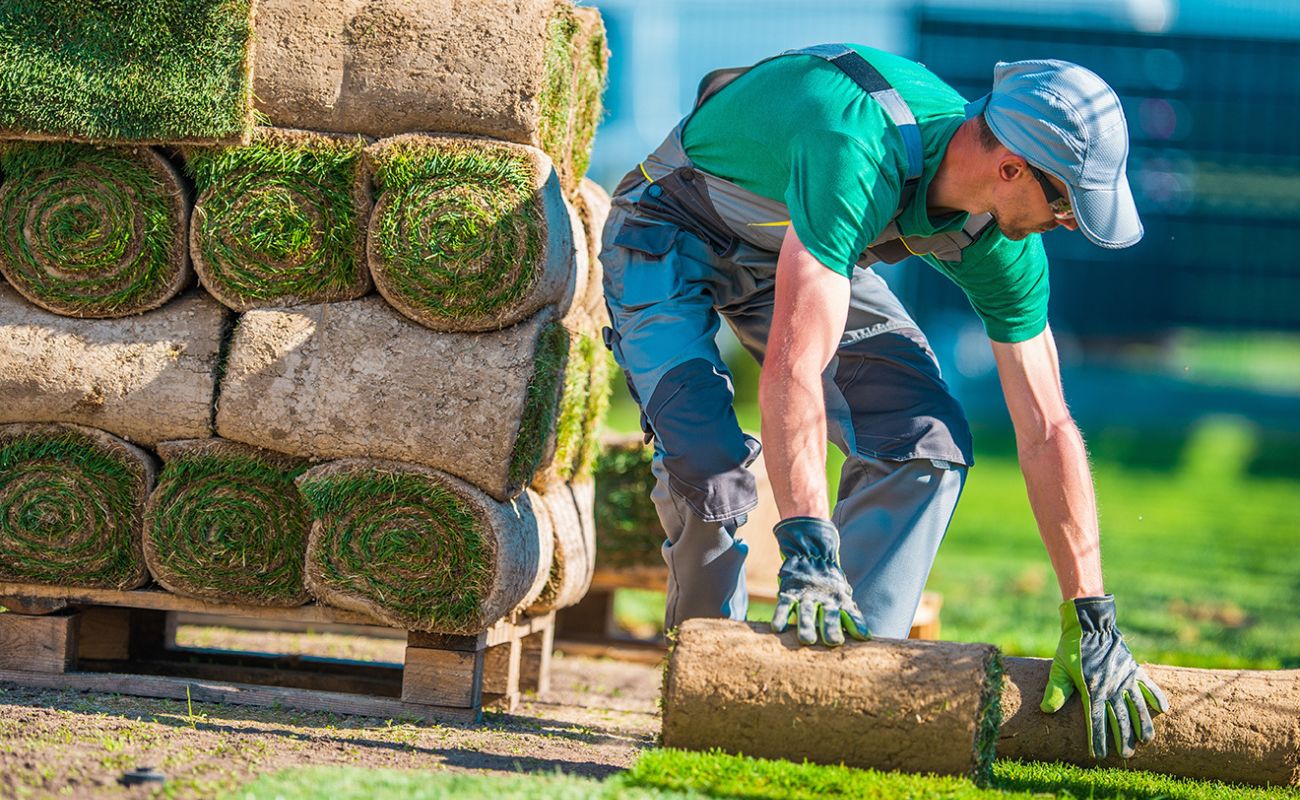

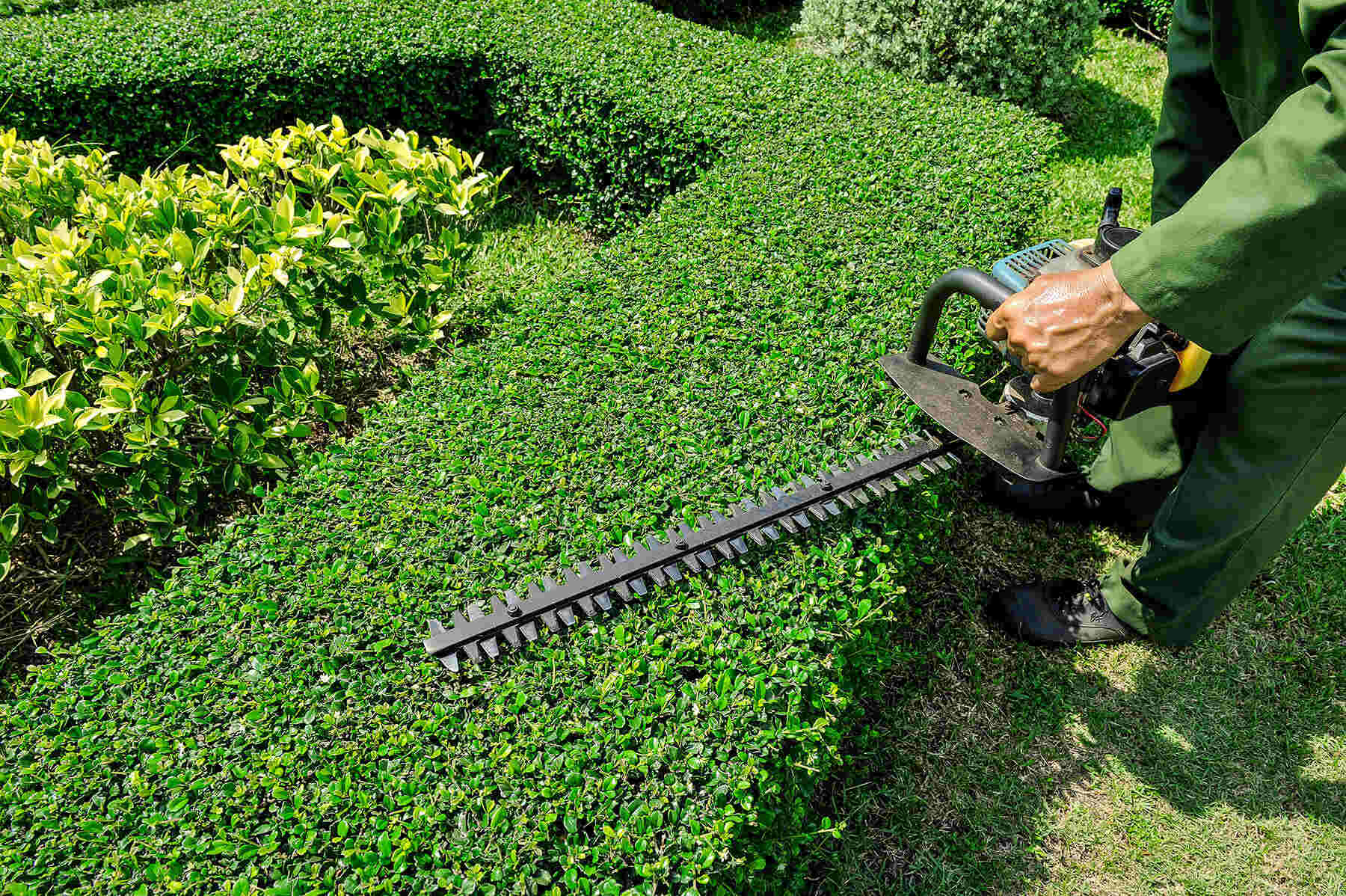
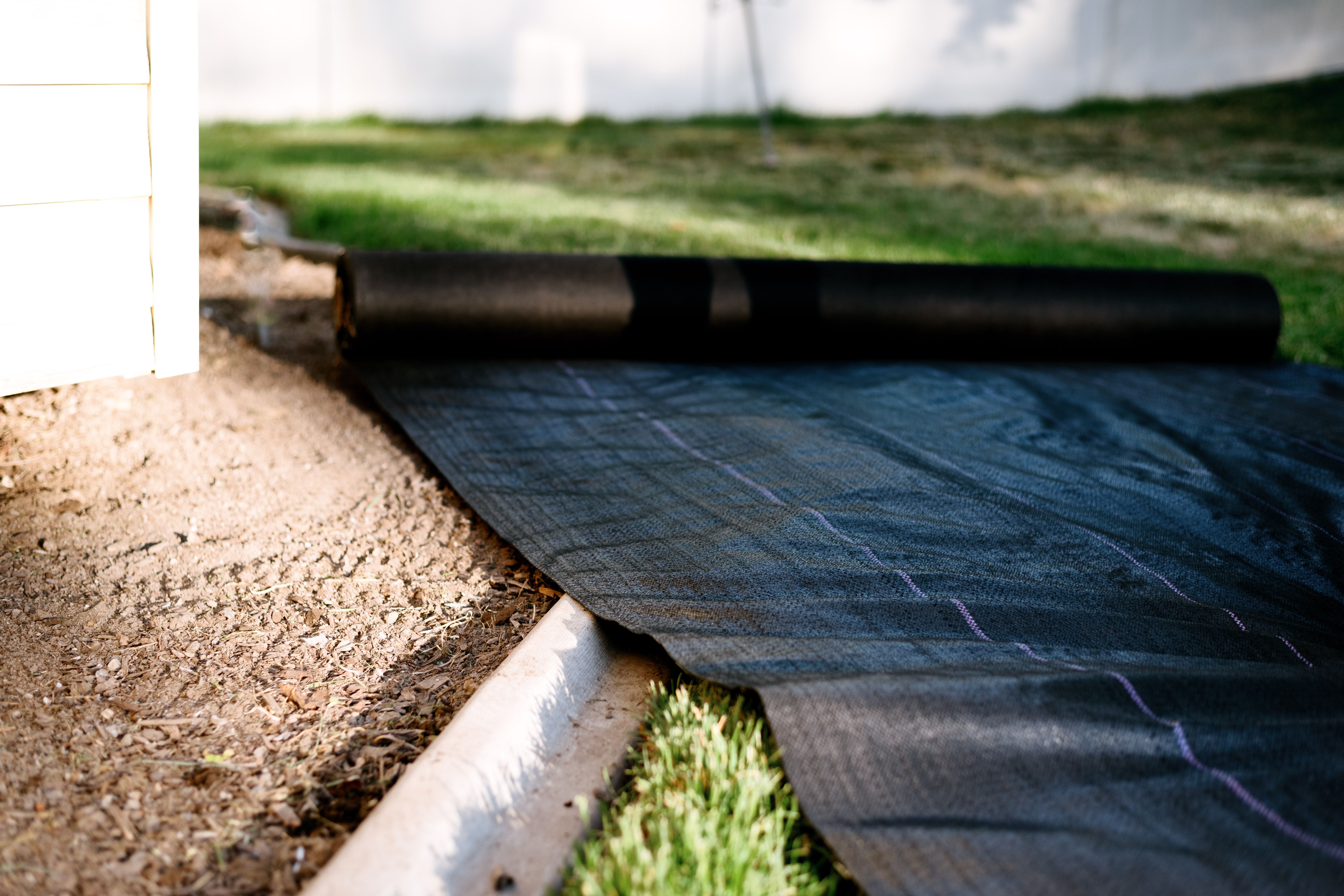
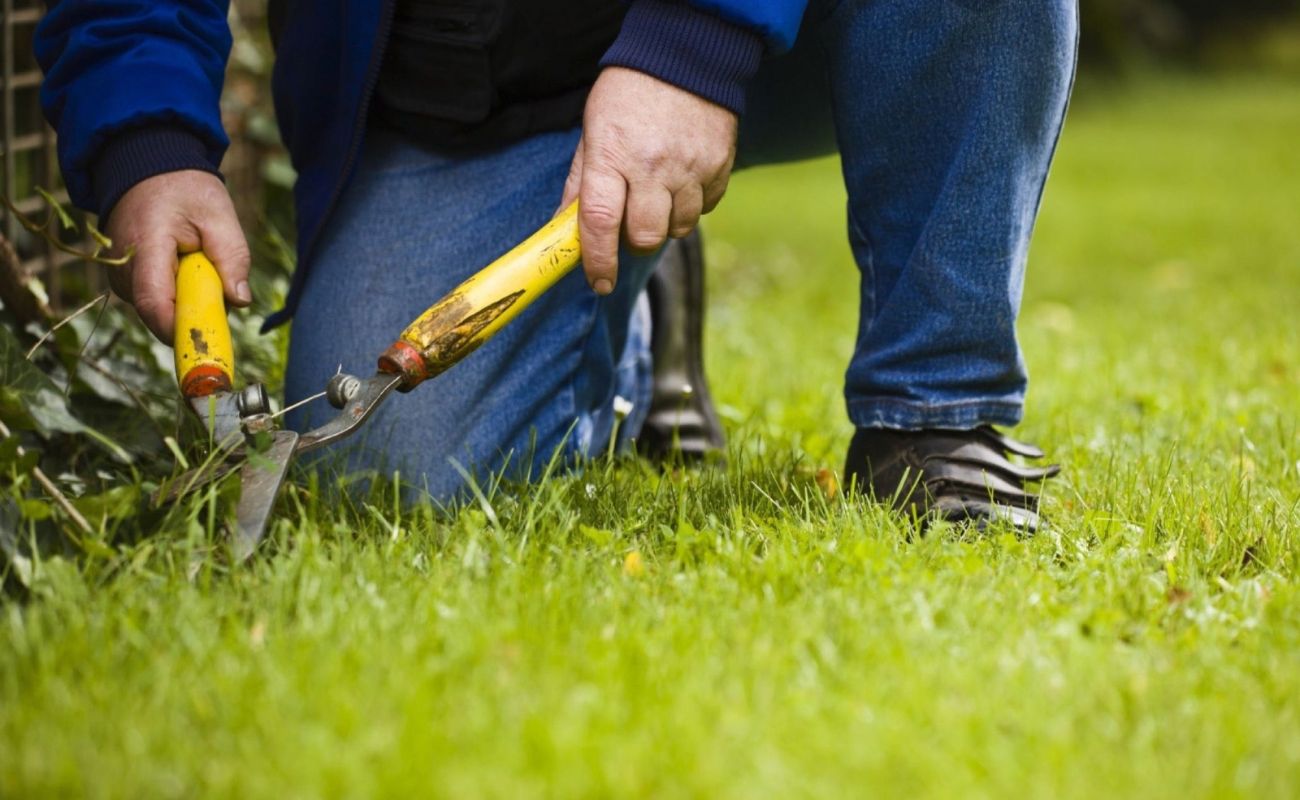
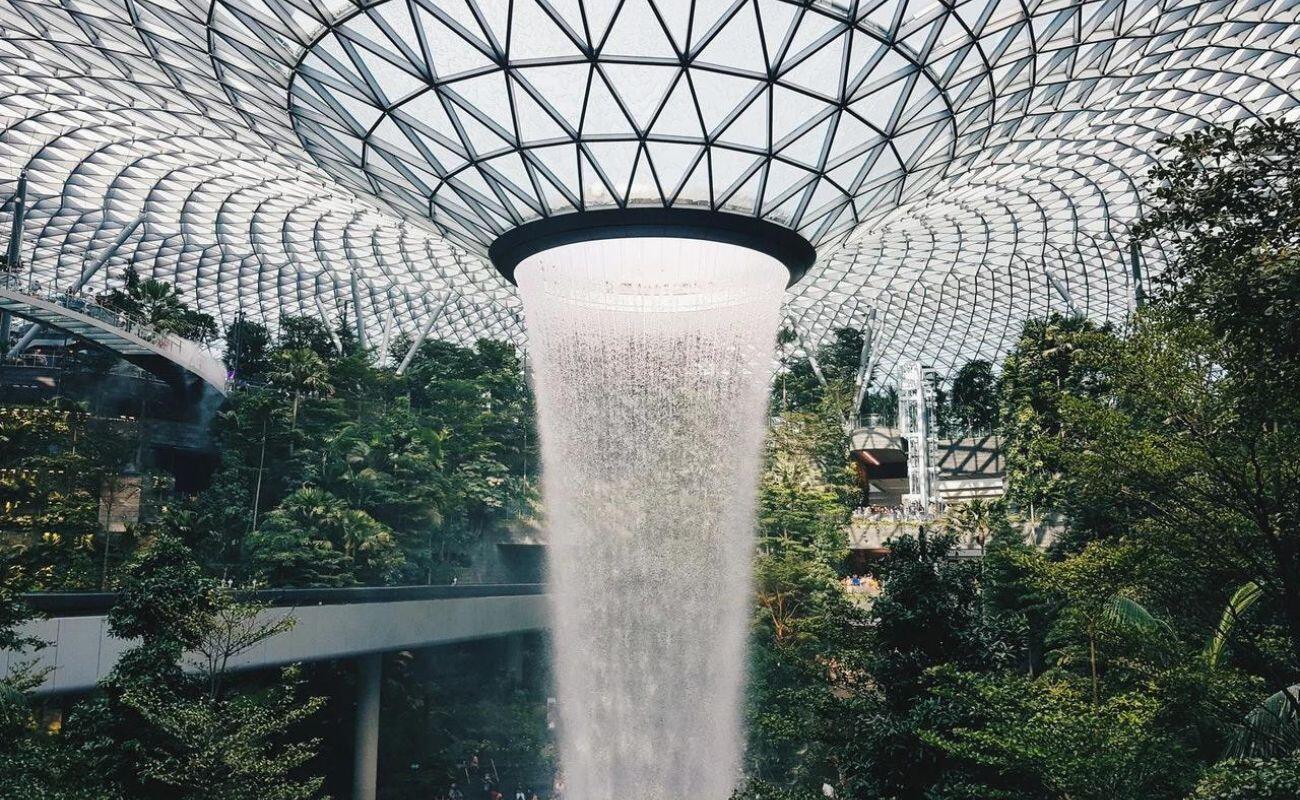
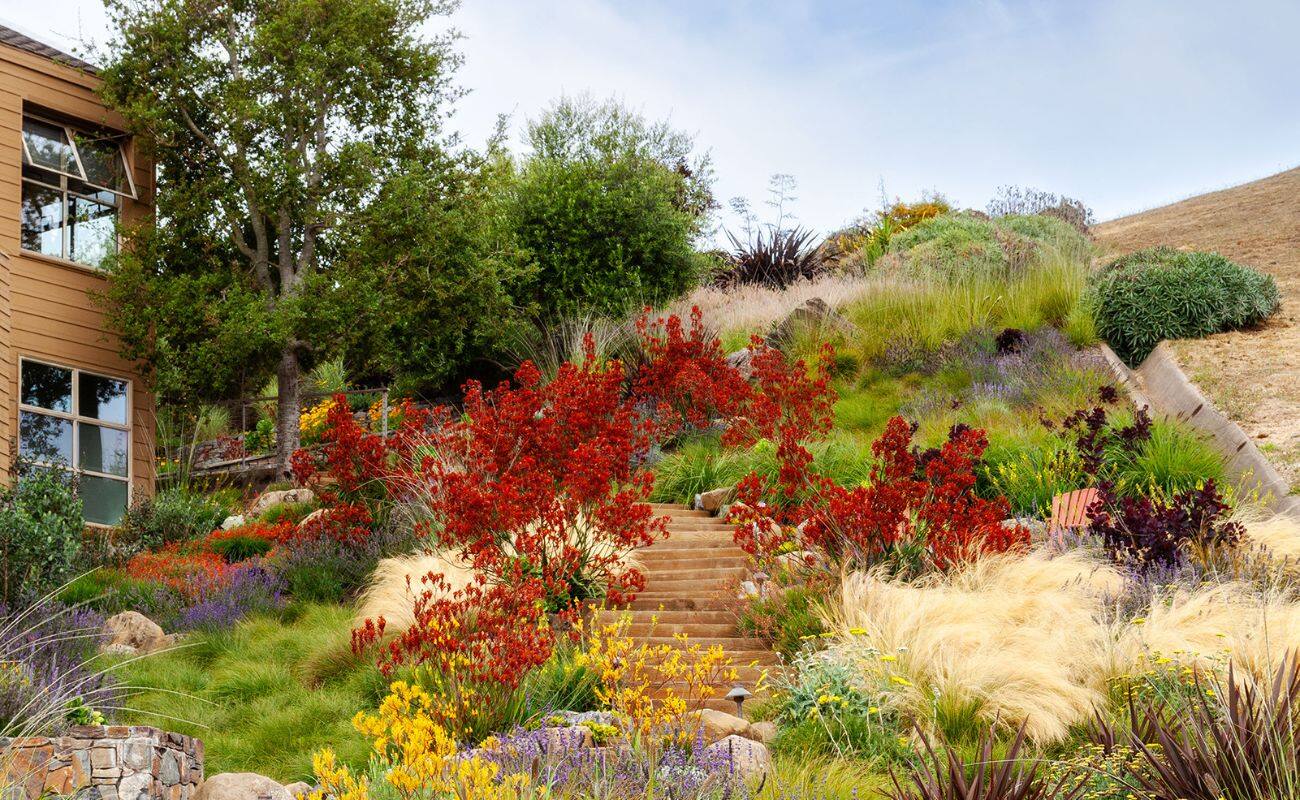
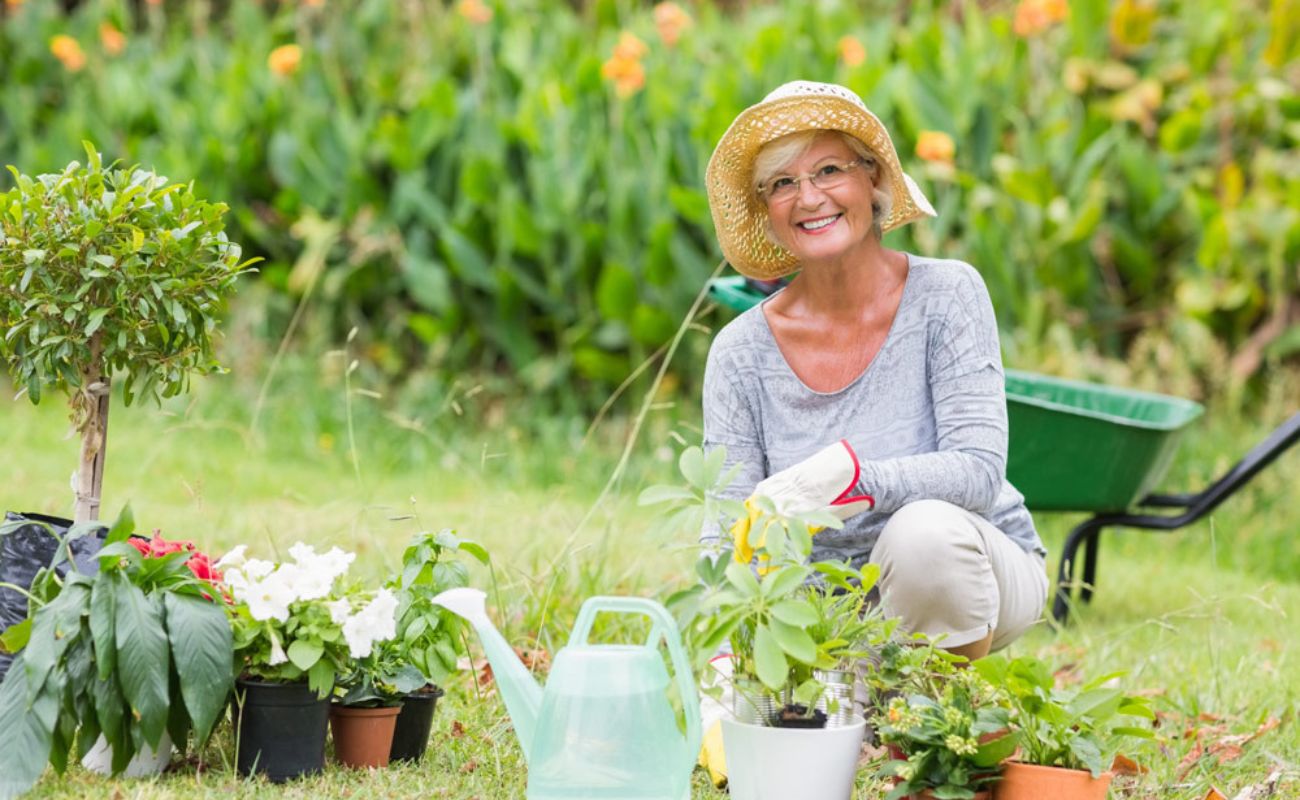
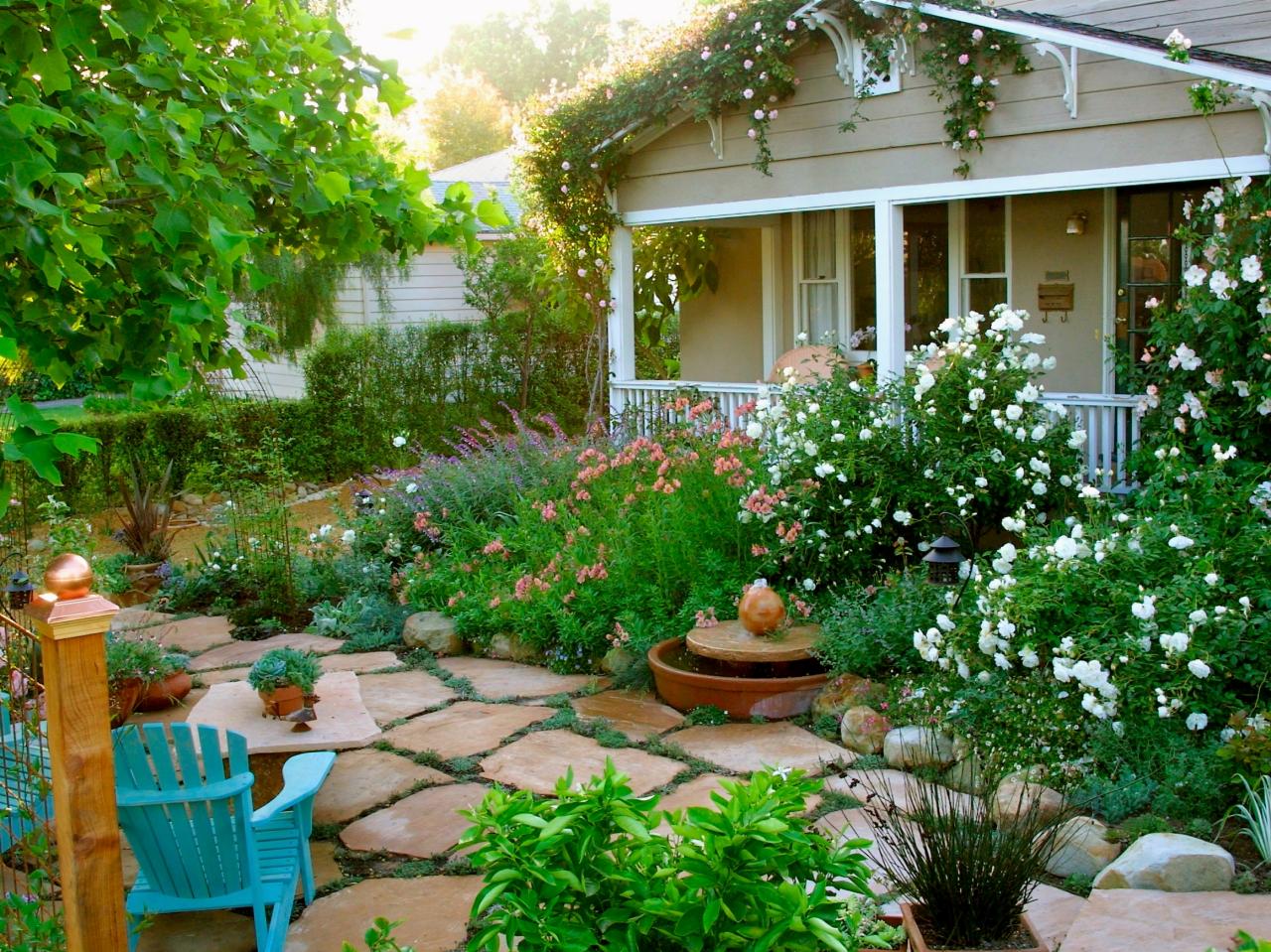
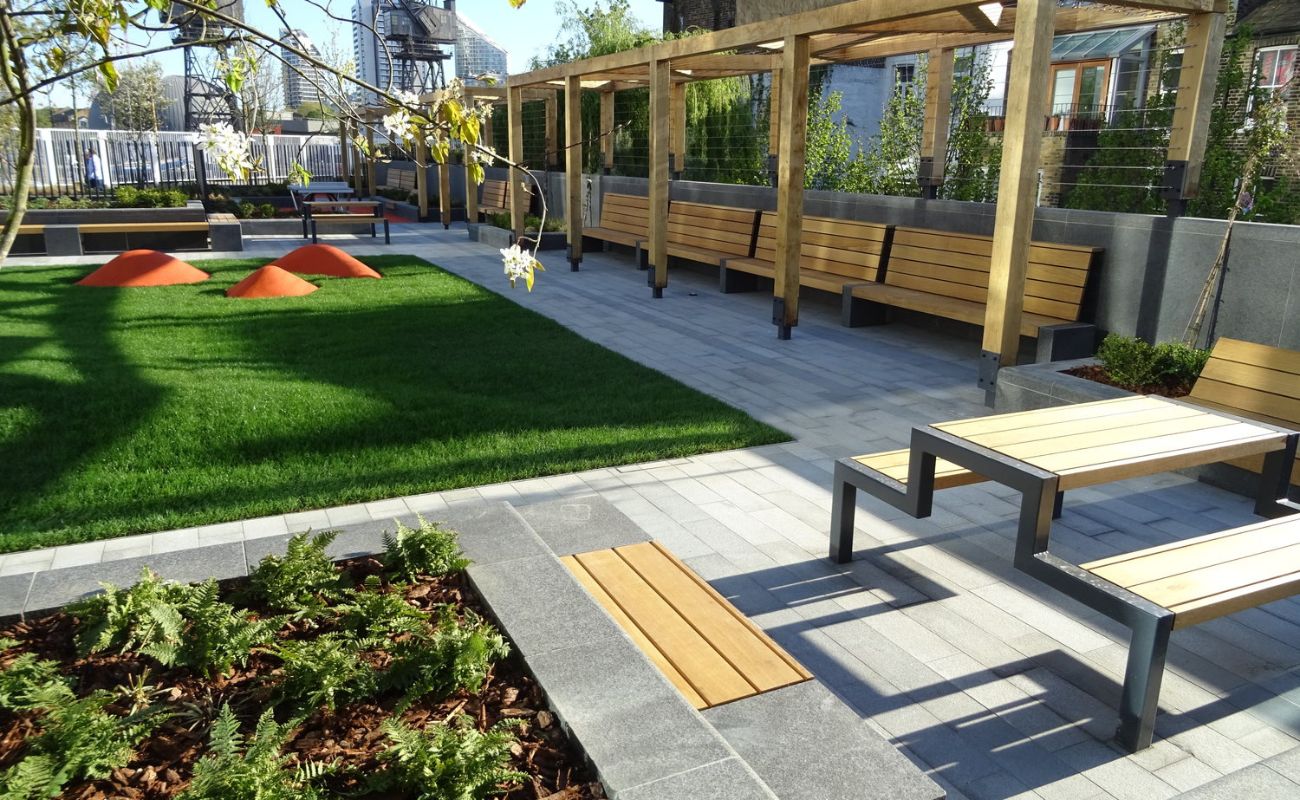
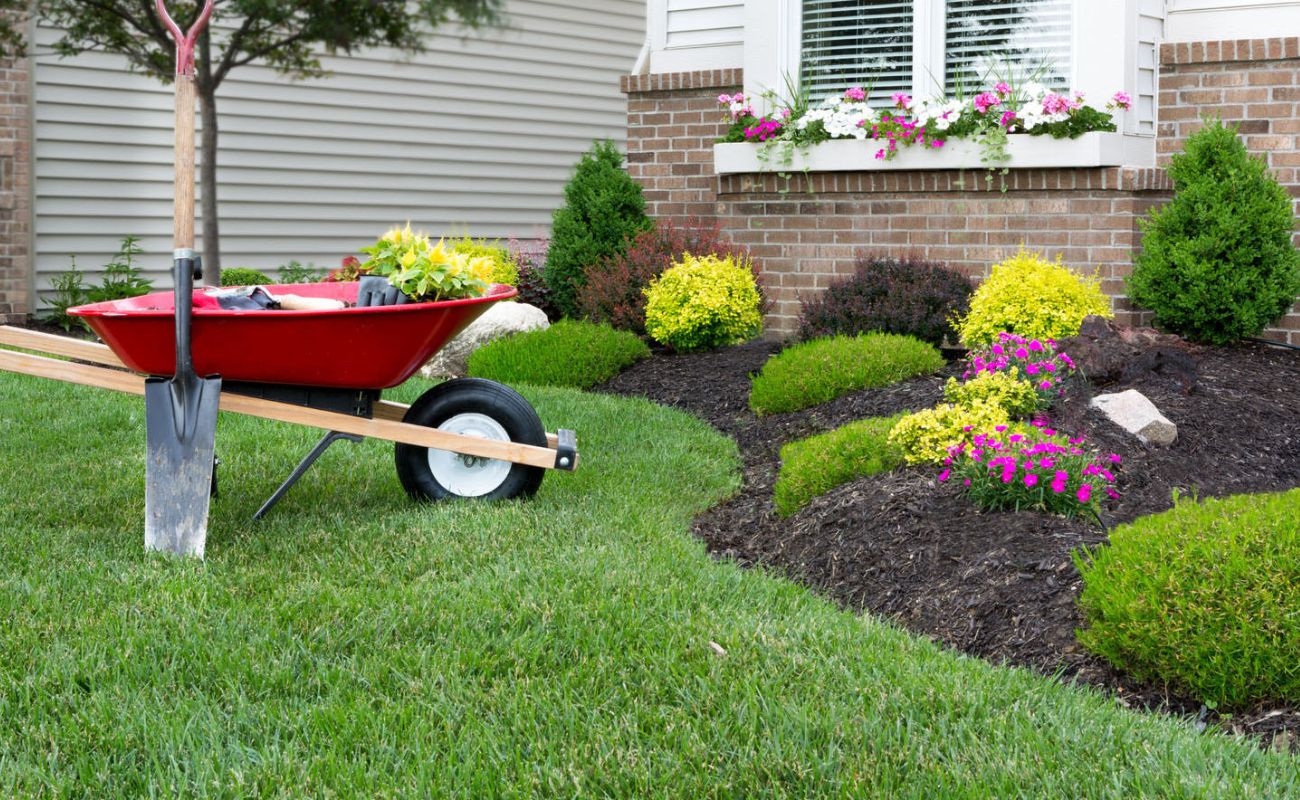

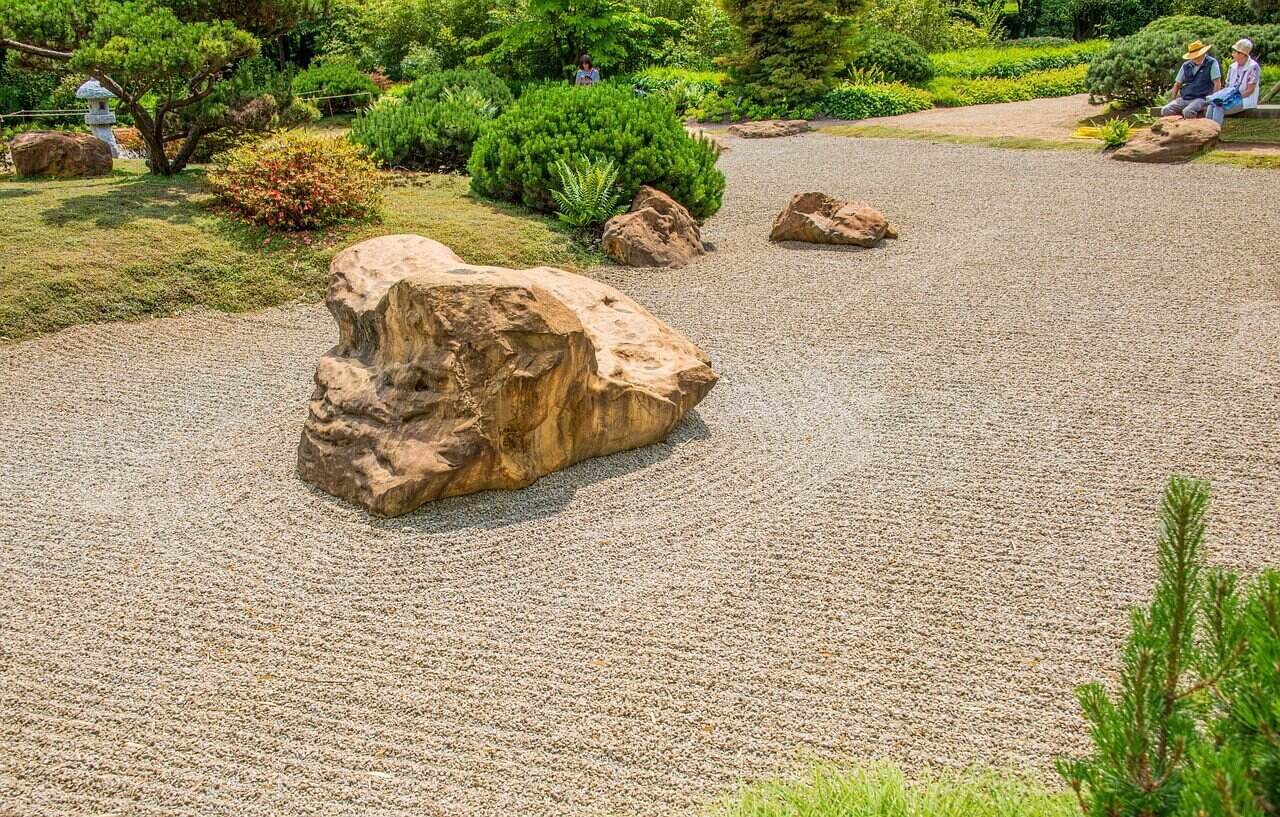

0 thoughts on “What Is Hardscape In Landscaping”